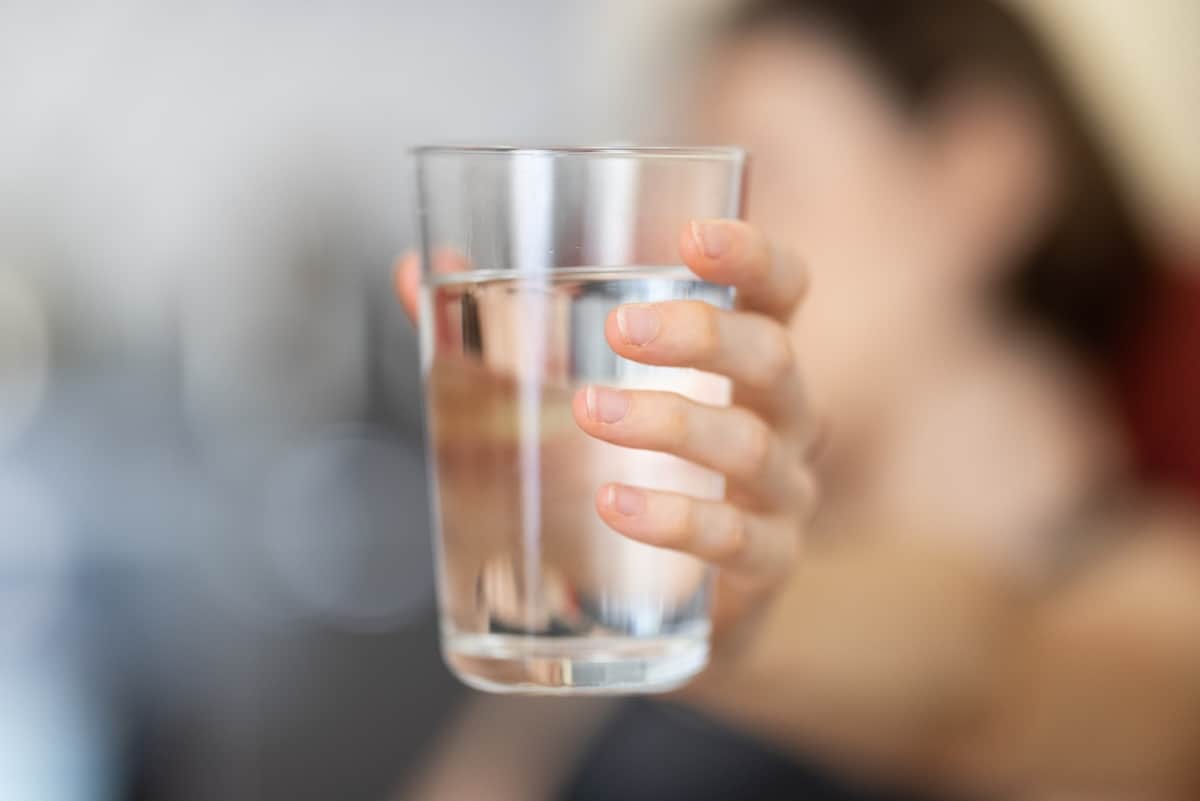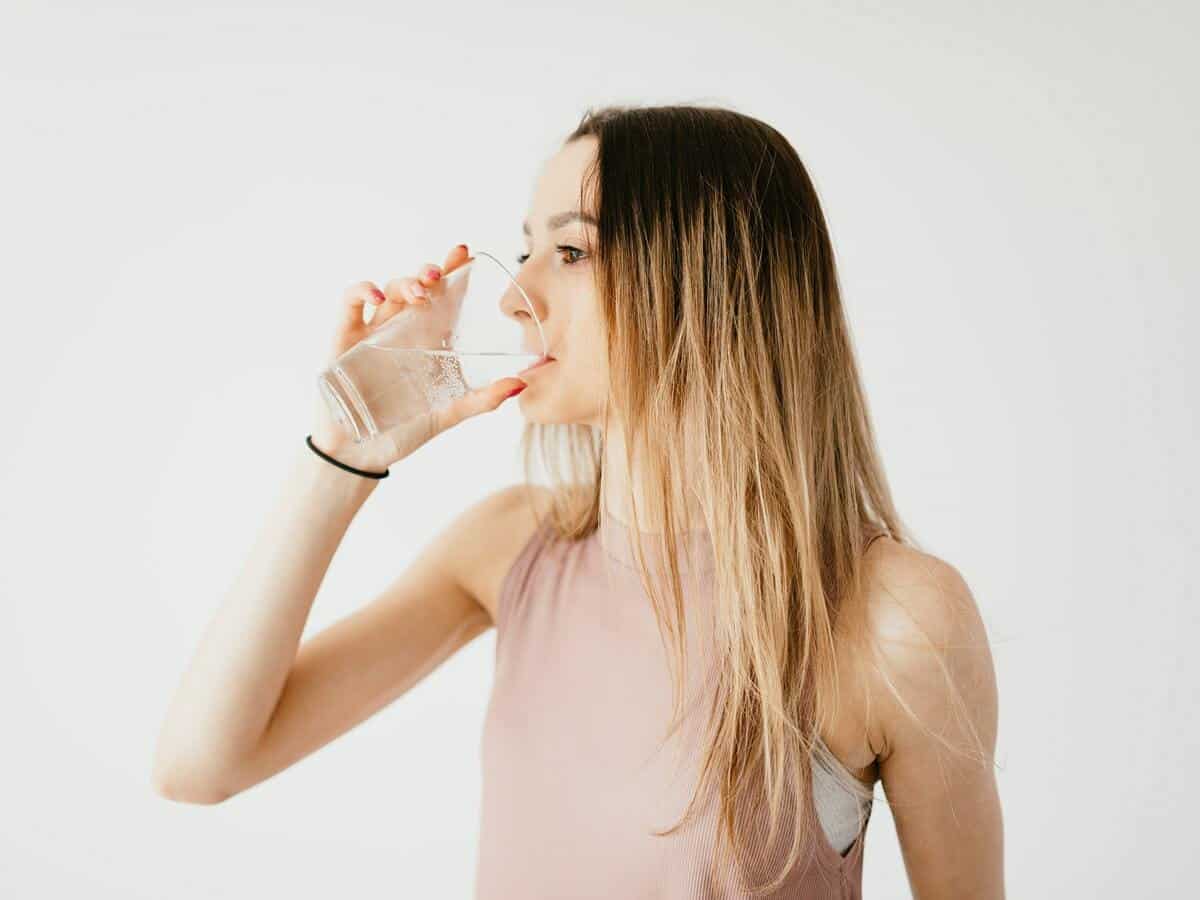Hurst, Texas: a populous suburb located in the booming Dallas-Fort Worth metroplex. Hurst’s tap water is supplied to nearly 40,000 residents through their city water system. But what’s in their water?
What is Tap Water Quality?
Tap water quality lets us know what our drinking water contains. There are different tests that can be done to quantify what’s in our water. Do you know what’s in your water?
Chances are, if you go into your kitchen and fill a clear glass full of water, you might not be able to see any particulate matter to cause concern. If you smelled the water, you might even notice a distinct chlorine taste. The only true way to know what is in your water is to have a water test done. There are at home kits to send to a laboratory for testing, but with a hefty price tag and long waiting periods, this might not be an ideal situation. However, there are companies, like ONIT Water, who supply free water tests. These tests can be done in Hurst, Texas, with results in the same day.

What is Water Quality Measuring?
Water quality is measuring different factors present in the water. Those include concentration of dissolved oxygen, the levels of bacteria, salinity (the amount of salt), turbidity (amount of material suspended in water), quantities of pesticides, herbicides, the presence of heavy metals and other contaminants.
These contaminants can get into water systems through a variety of ways, but commonly are due to agricultural and environmental reasons. This could be anything from water runoff, soil erosion, spills or landfills. To combat this, water treatment centers use chlorine as a disinfectant. However, high levels of chlorine can cause health problems for both the humans in your house, and even your animals.
Standardizations for Our Tap Water
The Environmental Protection Agency (EPA) created federal limits for our drinking water. Since implementation, there haven’t been any changes to the policies, even though there have been scientific advancements about contaminants in our water. For reference, the EPA enacted the limits in 1974. Since then, data shows the potential health effects due to water contaminants. This failure to make updates has allowed for more than 160 unregulated contaminants to lurk in our tap water system.
Instead of relying on these policies to outline any potential health effects, groups like the Environmental Working Group (EWG) have created their own set of guidelines to reflect the scientific data. Their mission is to educate and reform. Their limits for contaminants is significantly lower than what hte federal legal limit permits, and also offers additional contaminants that are currently allowed in our water. As of 2017, they have conducted over 50,000 water samples throughout each state in the country.
Those samplings show that American’s expose themselves to a dosage of industrial and agricultural contaminants with each sip of unfiltered, tap water. The contaminants that are present have links to health problems such as:
- Cancer
- Developmental and growth problems in fetuses
- Brain damage
- Nervous system damage
- Hormone disruption
- Fertility problems

So, What’s in Hurst Texas Water?
Going off of EWG’s Tap Water Database, there are 32 total contaminants present in the tap water. Of the 32, there are 14 that are exceeding the EWG guidelines. Here are the 14 that exceed those guidelines:
- Arsenic tested 645 times above EWG’s Health Guideline.
- Bromochloroacetic acid tested 164 times above EWG’s Health Guideline.
- Bromodichloromethane tested 49 times above EWG’s Health Guideline.
- Chloroform tested 11 times above EWG’s Health Guideline.
- Chromium (hexavalent) tested 2.6 times above the EWG Health Guideline
- Dibromoacetic acid tested 14 times above EWG’s Health Guideline.
- Dibromochloromethane tested 21 times above EWG’s Health Guideline.
- Dichloroacetic acid tested 30 times above EWG’s Health Guideline.
- Haloacetic acids (HAA5) tested 82 times above EWG’s Health Guideline.
- Nitrate tested 3.4 times above the EWG Health Guideline.
- Nitrite and Nitrate tested 4x above the EWG Health Guideline.
- Radium tested 6x above the EWG Health Guideline.
- Trichloroacetic acid tested 5.6 times above the EWG Health Guideline.
- Total trihalomethanes (TTHMs) tested 71 times above EWG’s Health Guideline.
These contaminants are the ones that exceed the guideline, but remember there were 32 total contaminants listed. To find out more information on the total contaminant list, including health effects, visit the EWG Tap Water Database for the City of Hurst, Texas.

What You Can Do For Tap Water Quality
It’s important to remember that with this list, just because water is cleared to be clean through outdated mandates, does not mean that the water itself is safe. The best way to combat this is to buy a filtration system for your home.
That’s where ONIT Home comes in to help. After supplying a house with a free water test and results, we can offer professional advice and installation to make sure that the water in your home is properly filtered and removing these chemicals from your drinking water.



